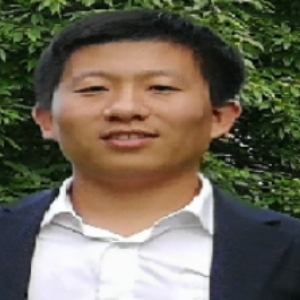Title : Cluster beam deposition of preformed metal clusters for liquid and vapour phase catalysis
Abstract:
The deposition of preformed cluster beams onto suitable supports represents a new paradigm for the precise preparation of heterogeneous catalysts. Compared with traditional chemical methods, it exhibits a range of unique advantages including good size (and composition) control, no toxic reagents needed, absence of chemical ligands etc. However, for a long time the feasibility of cluster-beam deposited catalysts for reactions under realistic conditions has been limited by the low production rate. Based on our successful scale-up of the cluster flux, we present here two experimental validations of cluster catalysts, for liquid phase and vapour phase reactions, respectively. i) Au/Cu nanoalloy clusters of variable compositions on MgO powder supports, created by a dual-magnetron sputtering gas condensation cluster source, are found to be highly active for the catalytic reduction of 4-nitrophenol in solution. The interplay between the Au and Cu atoms at the cluster surface appears to enhance the catalytic activity via the binding energies of product and reactant. In addition, the physically deposited clusters with Au/Cu ratio close to one show a 25-fold higher activity than a Au/Cu reference sample made by chemical impregnation. ii) Size-controlled Pd clusters deposited on diced graphite tapes from the Matrix Assembly Cluster Source (MACS) are found to be much more active (per unit weight) than a Pd reference sample made by wet impregnation in the vapour phase 1-pentyne selective hydrogenation reaction. Cluster size evolution before and after reaction suggested that the superior activity derived from the smaller cluster size and better stability against sintering compared to the Pd reference sample. In addition, no synergetic effect was found in Pd/Au cluster catalyst. The observed similar activity (per surface atom) from the Pd and Pd/Au cluster catalysts could be attributed to surface oxidation, which can drive the Pd atoms to the cluster surface, thus forming a similar Pd surface as pure Pd clusters.



